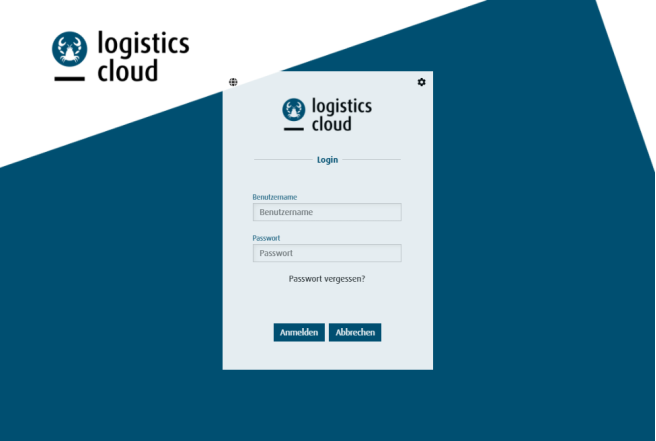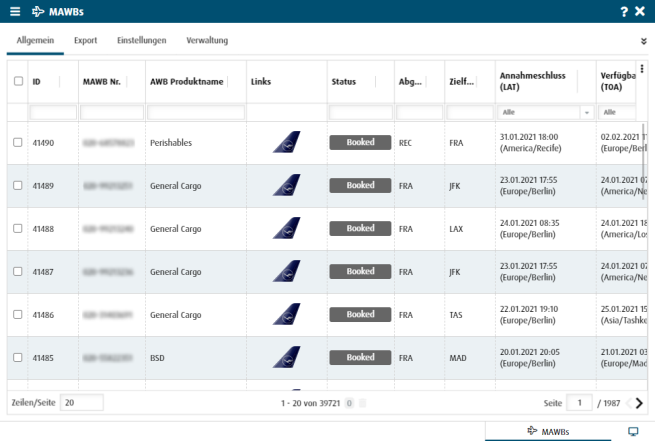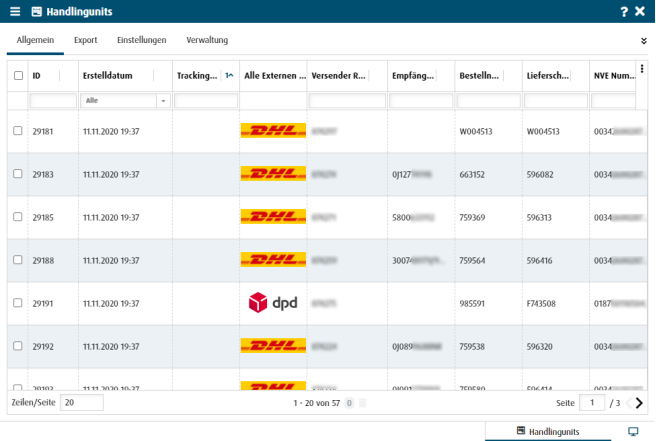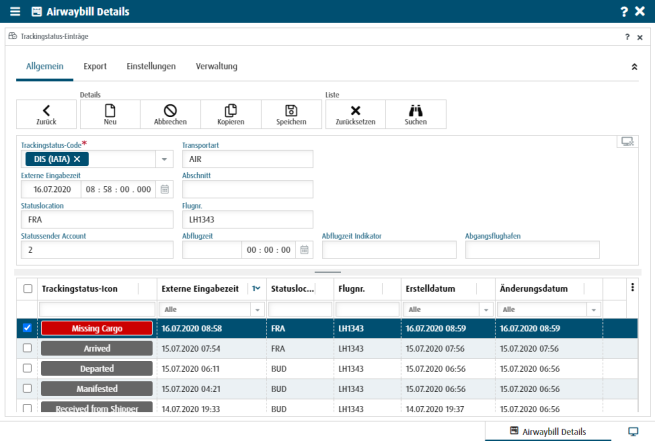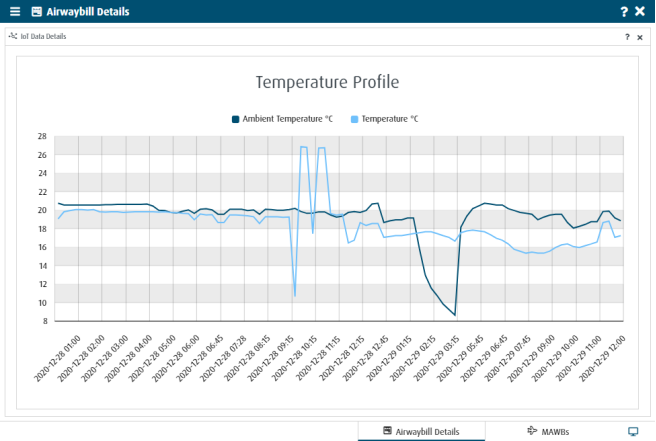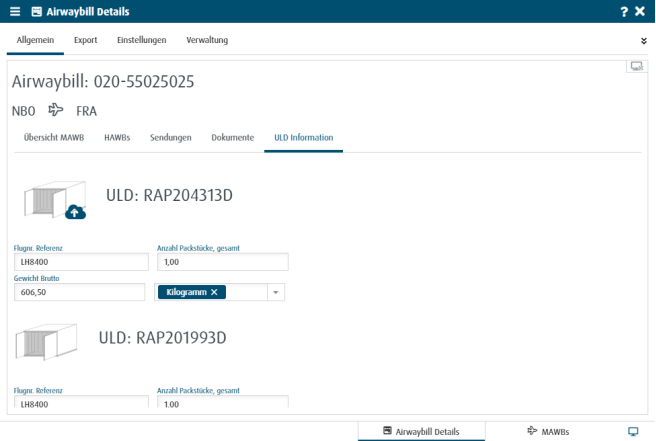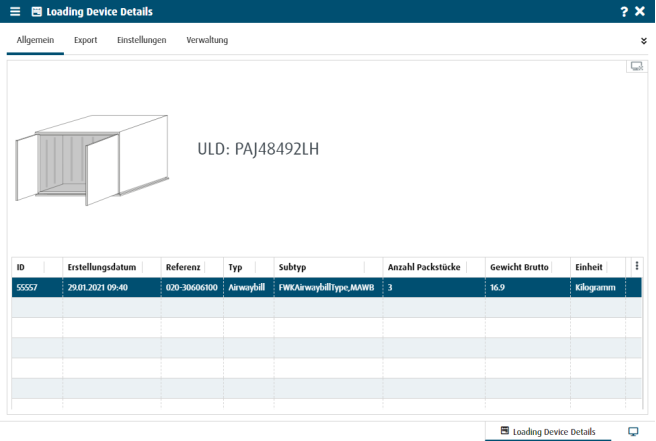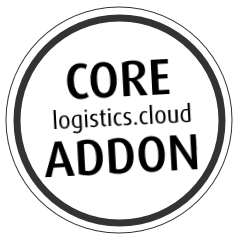Neutral Data Platform.
Seamless data interchange between logistics systems and platforms.
The logistics.cloud Core forms the basic functionality of logistics.cloud, a global data platform for the logistics industry and logistics-related areas. The platform enables automated data exchange between all supply chain partners. Each participant is connected to the platform once with its IT system and is thus accessible to all other participants in the supply chain in terms of data technology.
Your advantages at a glance:
#1 Efficieny
- Cost savings of up to 90% thanks to one single connection instead of a multitude of bilateral connections
- Considerable savings when it comes to maintenance and switching costs
- Tried-and-tested cloud technology: ready to go in < 1 day
#2 Transparency
- Complete transparency of all processes along the supply chain through integration of planning, status and sensor data
- Prevention of manual data errors
- Proactive information on delays relating to management and adjustment of delivery processes
#3 Flexibility
- Easy and quick connection to future-oriented technologies and innovations
- Flexible und transparent pricing structures without long-term contractual commitment
- One key technology for integrating available solutions
Use Cases.
Map different scenarios. Three examples.
LSP Connectivity
Connection of several logistics service providers for transfer order handover and status feedback. Use case from the shipper's perspective.
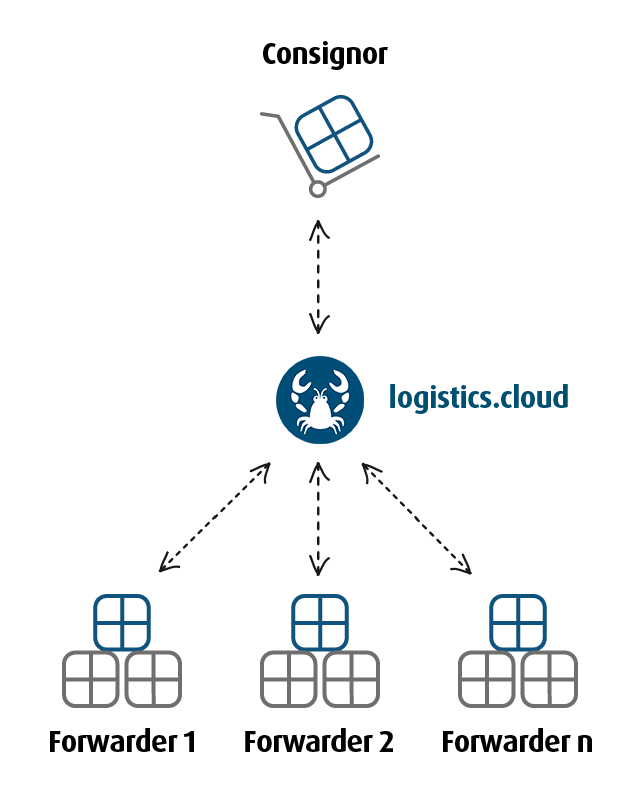
Shipper Connectivity
Connection of multiple shippers to the logistics service provider's system. Use case from the perspective of the forwarder.
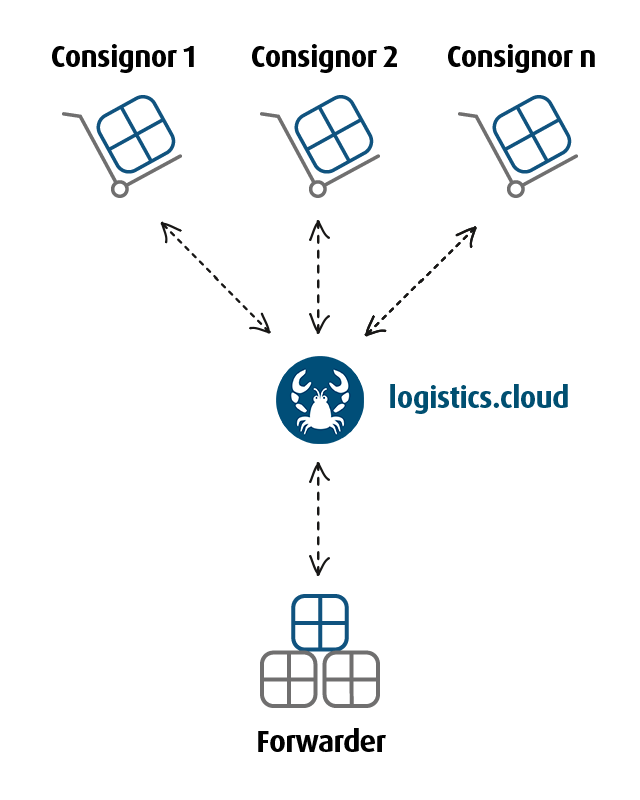
IoT Connectivity
Connection of different providers for feedback of sensor data (tracker provider, telematics provider, cool container provider etc.)
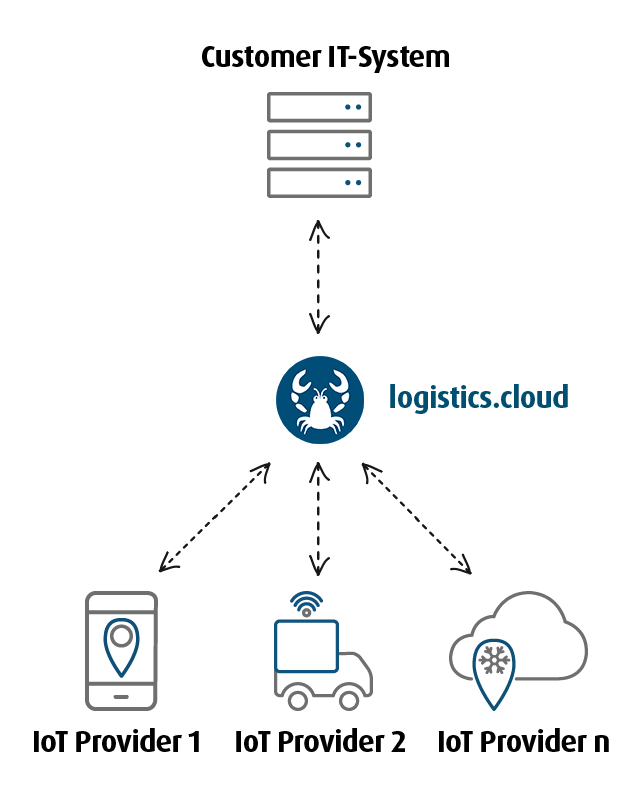
Backend.
Connect external systems. Exchange data.
The logistics.cloud Core consists of two areas: Backend and Web Frontend. The backend enables the connection of external IT systems by means of transfer protocols via which defined data formats are exchanged:
- Protocols: Https, FTPs, sFTP, OFTP, AS2, SMTP, MQTT, OPC-UA
- Data formats: Fixed record length, CSV, Excel, EDIFACT, XML, JSON, ANSI X12, CargoImp, 1R, IDOC
Web Frontend.
Visualize data.
The web frontend allows participants to visualize the data objects transferred through the platform. These are displayed in tabular form by default and in a detailed view when the individual object is called up. Further functions on these objects can be added via the Marketplace, e.g. alerts, dashboards, etc.
Data objects.
Process. Save with status.
The logistics.cloud core can process the following data objects. In addition to its own API for each data object, the core also offers a connection in customer format.
- Loading lists (manifests, borderos, tours)
- AWB
- HAWB
- Shipments
- Handling units
- Container
- IoT data
Various status data can be stored for all data objects (working and tracking status). These do not count as separate data objects in the sense of the usage volume.
Interoperability.
High Scalability – our architecture.
To enable the exchangeability of data between the participants with only one connection, a multi-layer data model was created. This harmonizes and normalizes the specific data sets (SPI) to a uniform standard.
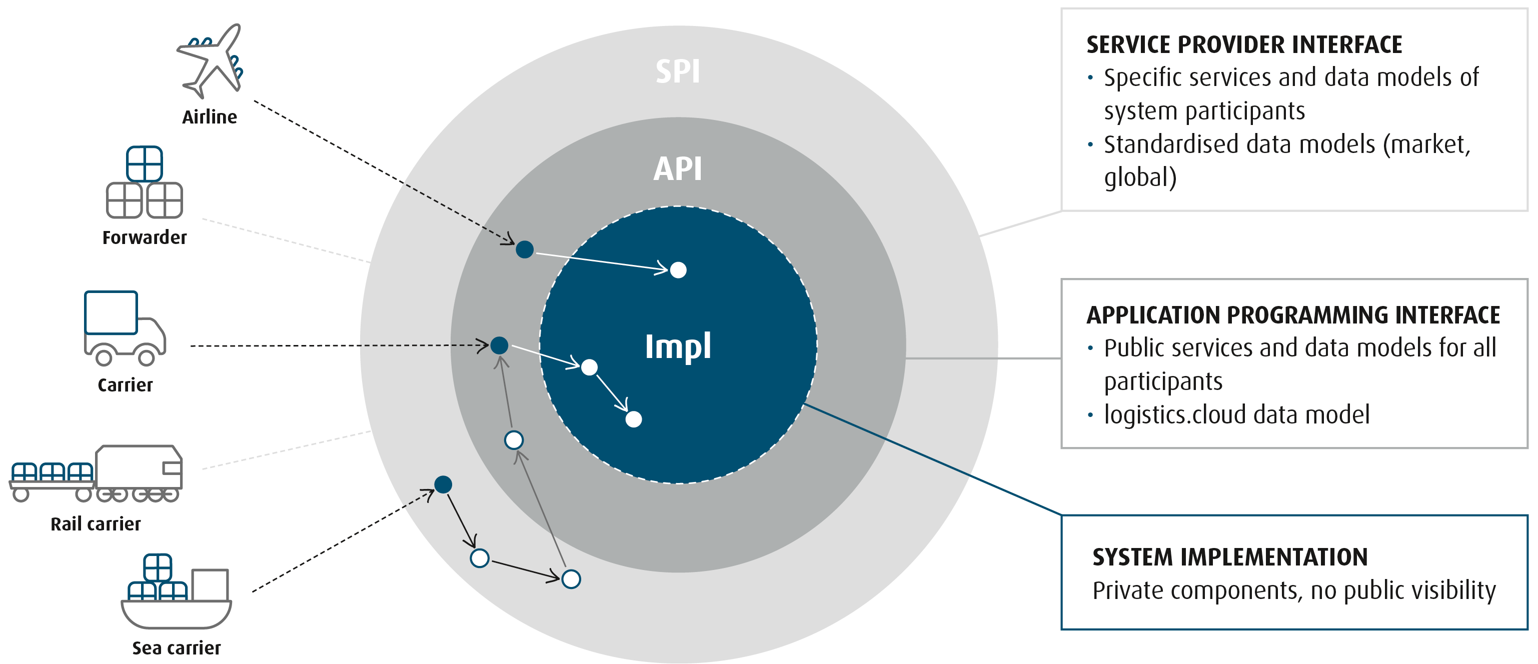
Hosting and security.
ISO certified? Certainly.
ISO/IEC 27001.
By introducing an information security management system (ISMS) and having it certified, we are going to great lengths to protect the sensitive data of all platform participants in logistics.cloud. The ISMS also verifies the availability of the IT systems and process involved in business operations.
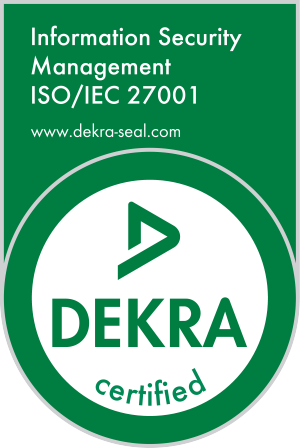
ISO/IEC 27018.
The deployment of recognised security measures is always key when selecting a cloud service provider. By choosing to become ISO 27018 testified, logistics.cloud is putting data protection at the heart of its business strategy.
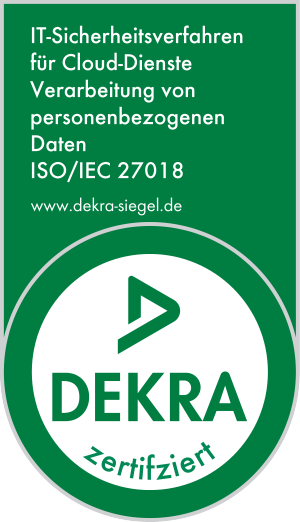
Data visibility.
For participants only.
Through a release mechanism on the platform, logistics.cloud ensures that only participants involved in the data objects have access to the data visible to them. The data is kept on the platform for 12 months.
Data center.
Safe. Dynamic. Monitored.
For better load balancing within the logistics.cloud runtime environment and to further increase resilience, the server instances are operated in a special federation. Both the DMZ and each node for processing and handling communication and data exchange between the connected partners are operated in a doubled federation.
Taking over the work and load in the event of failure of one of these components is thus possible at any time and dynamically. In addition, the respective components are operated in two different fire compartments of the data center. The server location is Frankfurt. The system is monitored 24x7.
General Terms And Conditions (GTC):
http://www.logistics.cloud/var/files/vendor/236/logistics_cloud_gtc_en_2020_06_v2.pdf

